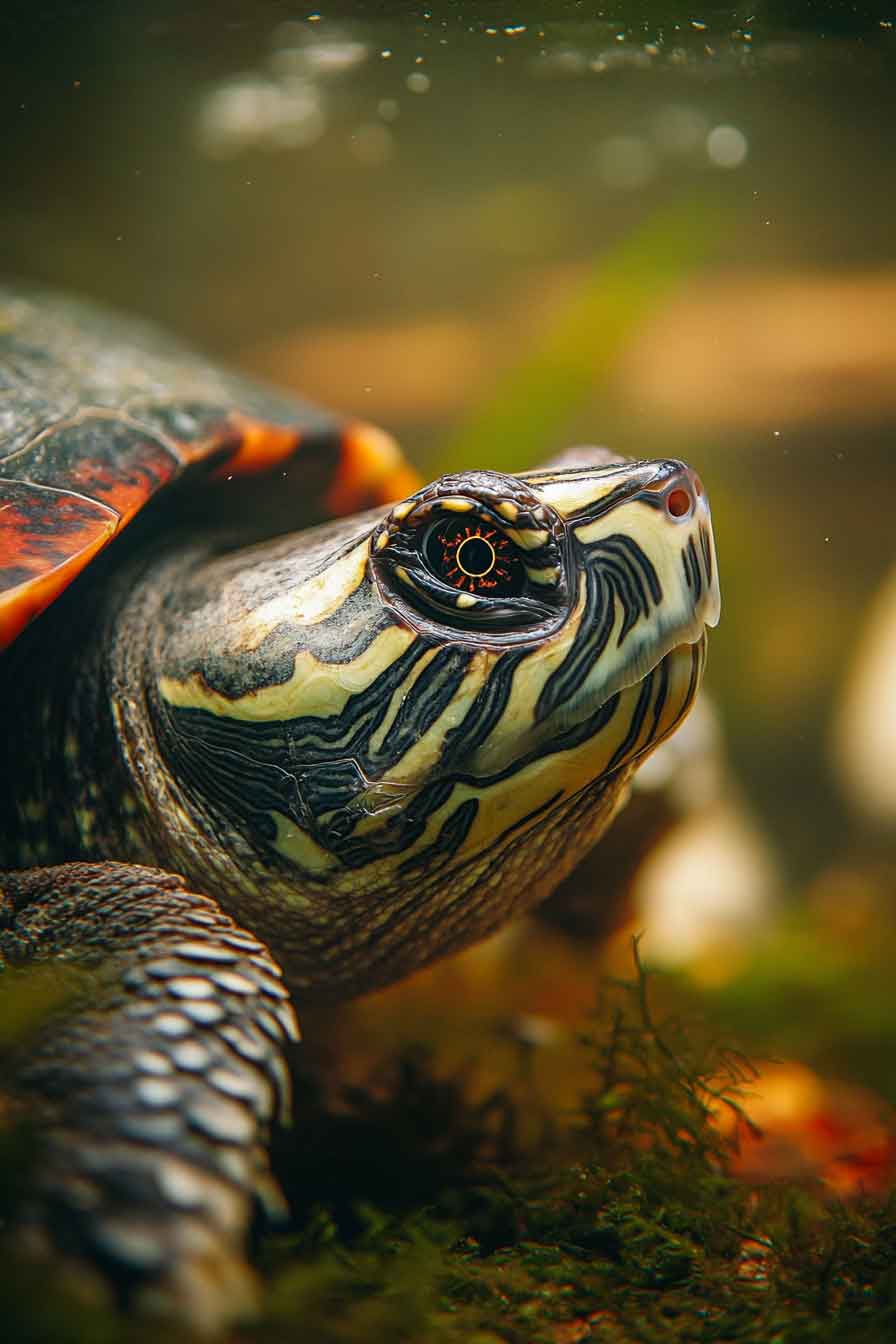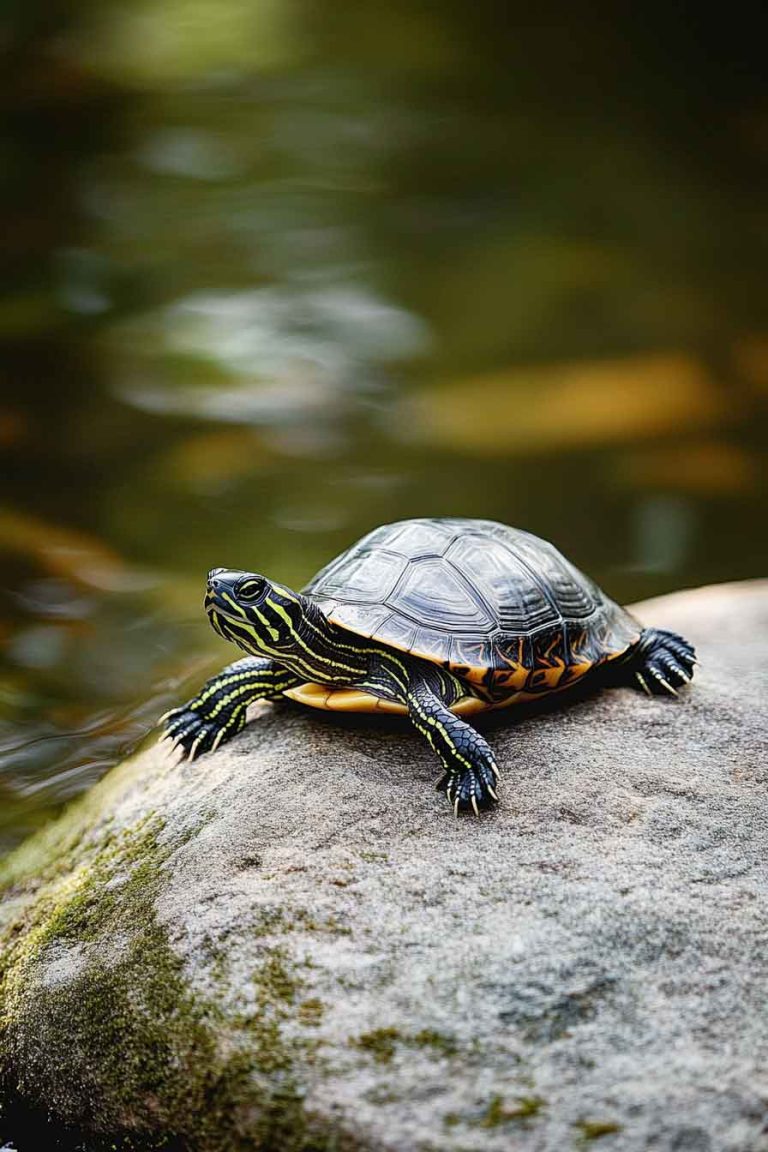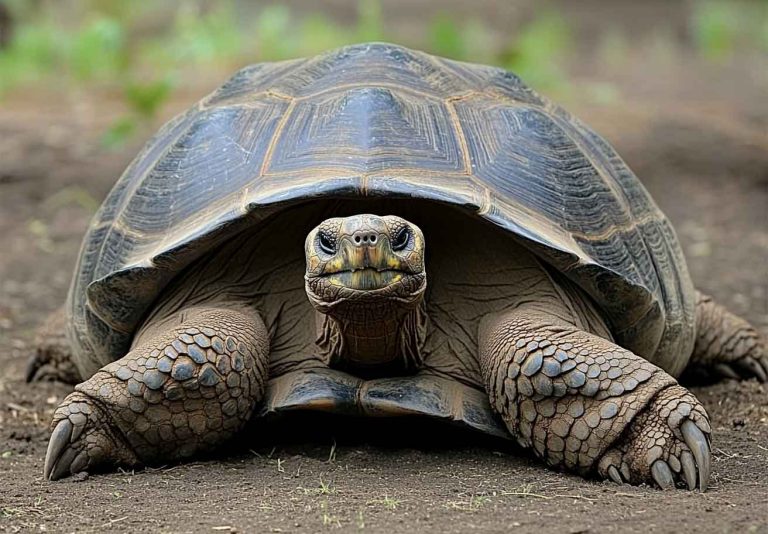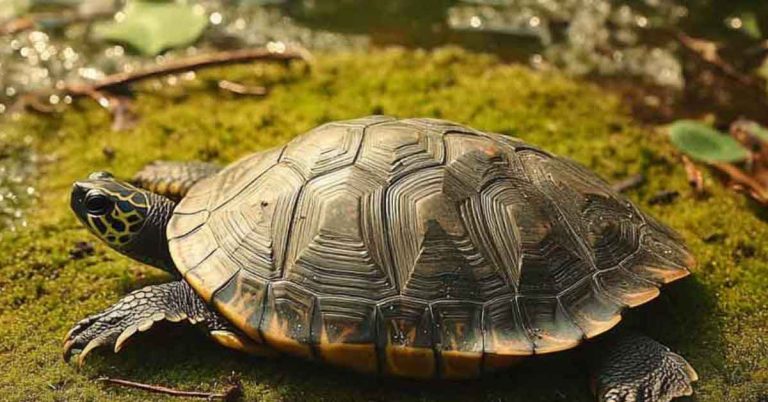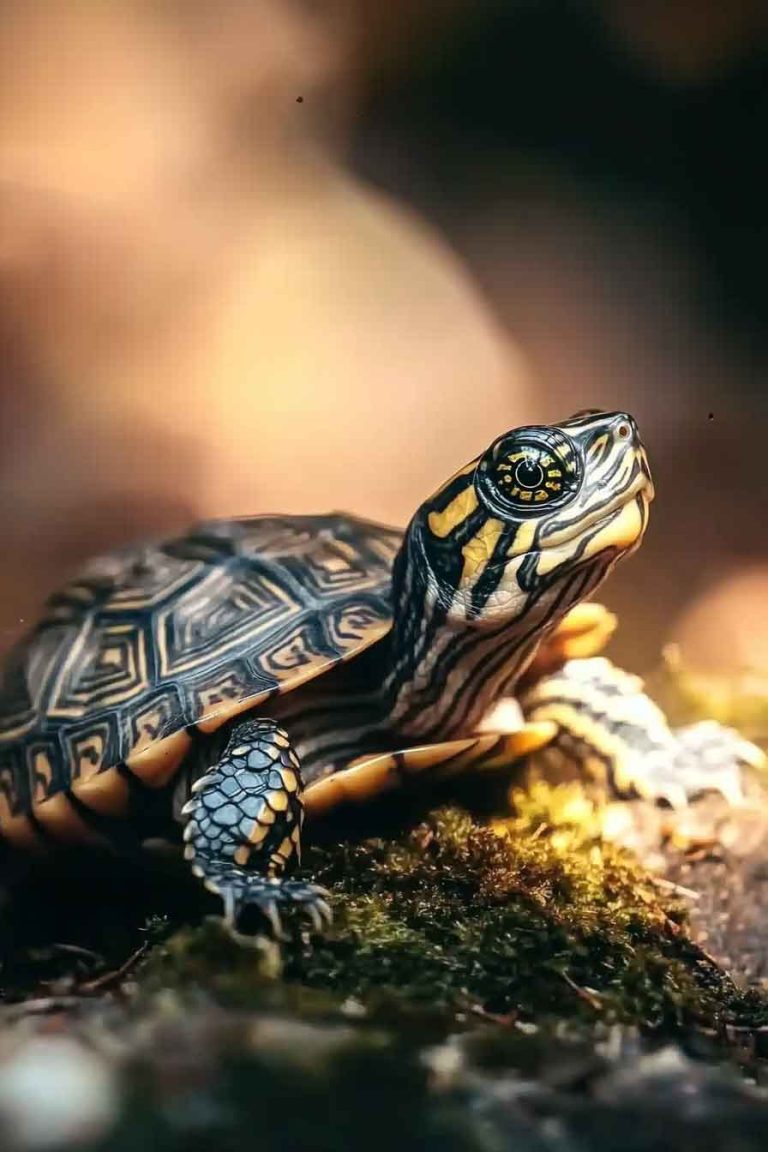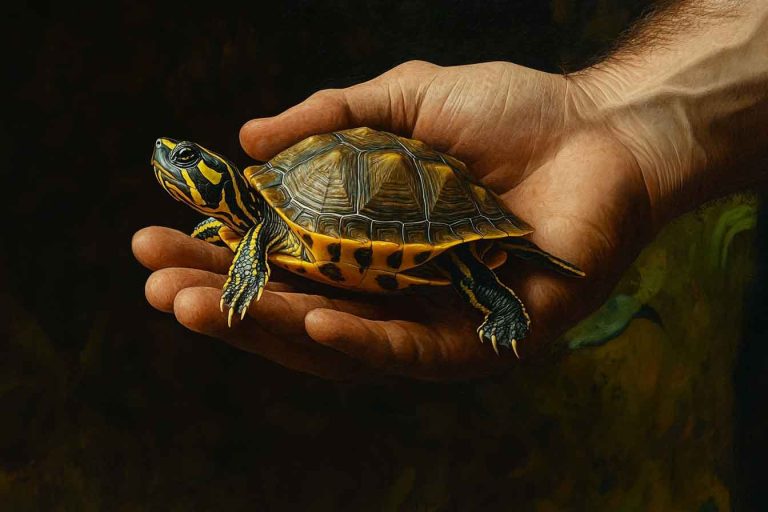Turtle Health Guide: How to Identify & Treat Common Turtle Illnesses
Worried your turtle might not be feeling well? Yeah, I’ve been there. I remember the first time my turtle stopped eating and just sat still for hours. I freaked out! But over the years, I’ve learned how to spot the signs and help my turtles bounce back. In this post, I’m gonna walk you through…
Worried your turtle might not be feeling well? Yeah, I’ve been there. I remember the first time my turtle stopped eating and just sat still for hours. I freaked out! But over the years, I’ve learned how to spot the signs and help my turtles bounce back.
In this post, I’m gonna walk you through everything I’ve learned about turtle health—what to look out for, what the problems mean, and how to help. Let’s make sure your shelled friend stays happy, strong, and healthy.
How Can You Tell If a Turtle Is Sick?
Turtles don’t make sounds like dogs or cats. They won’t whine or bark when they’re not feeling good. So, how do we know something’s wrong?
Here’s what I look for:
- No energy – If your turtle just lies there all day and doesn’t move, that’s not normal.
- Won’t eat – When they skip meals for more than a day or two, I know something’s off.
- Puffy or closed eyes – Healthy turtles have clear, open eyes. Puffy, swollen, or crusty eyes are a red flag.
- Sneezing or bubbles – If I see bubbles coming from the nose or hear sneezing, I check the water temp right away.
- Lopsided swimming – Swimming in circles, tipping sideways, or floating funny? That’s often a lung issue.
- Shell looks weird – Cracks, white spots, soft areas, or odd colors might mean shell rot or a fungus.
If you notice any of these things, it’s a good idea to take action fast. Most of the time, the sooner we notice, the easier it is to fix.
Common Turtle Health Problems (And What I Do About Them)
Let’s dive into the most common health issues I’ve dealt with—and how I’ve helped my turtles recover.
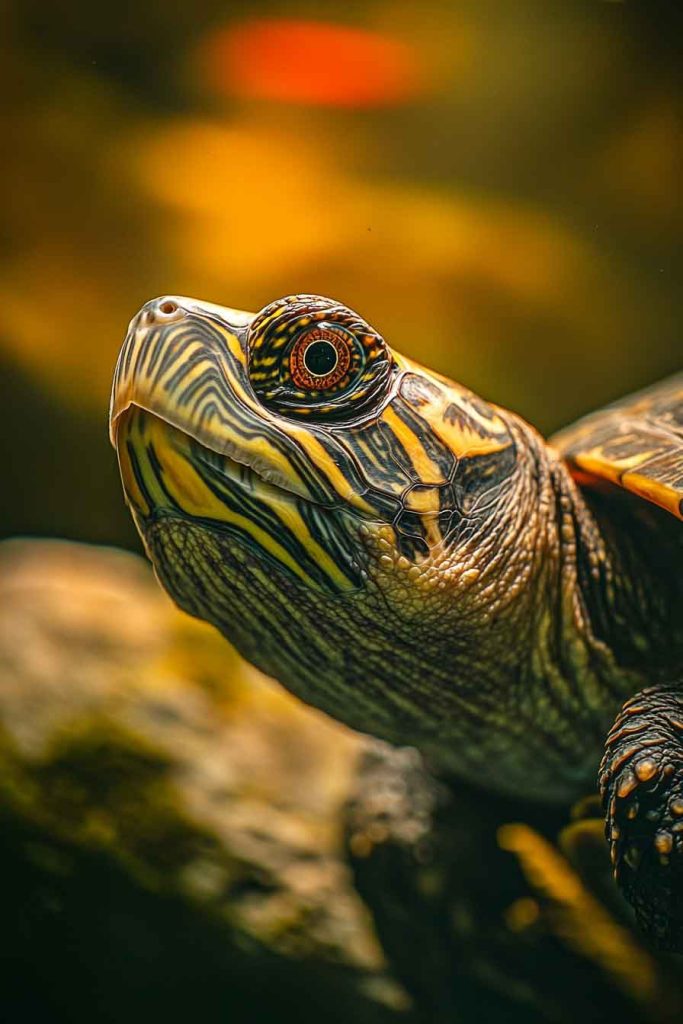
1. Respiratory Infections
This is one of the most serious things a turtle can get—and I’ve dealt with it more than once.
Signs I’ve seen:
- My turtle started sneezing. Little wet sneezes with bubbles.
- He floated lopsided in the water.
- He didn’t want to eat or bask.
What causes it:
- Cold water or air temps
- Dirty water
- Lack of proper lighting (like no UVB)
What I do:
- I bump up the tank temps—air should be around 80–85°F, basking spot around 90–95°F.
- I clean the tank daily. That includes filters and water changes.
- I add a UVB bulb if I haven’t already. Turtles need that light for strong lungs and bones.
- If symptoms last more than 3–4 days, I take them to a reptile vet for antibiotics. This one can’t be ignored.
2. Swollen, Cloudy, or Closed Eyes
Eye problems are super common, especially in young turtles or new ones that just came from the pet store.
What I notice:
- Turtle won’t open their eyes.
- Eyes look puffy or like there’s a white film over them.
- Turtle bumps into things or stops eating because they can’t see.
What causes it:
- Dirty water
- Lack of vitamin A
- Wrong lighting
- Stress from a new environment
What I do:
- I change the water and clean the tank every day until things look better.
- I offer foods high in vitamin A like leafy greens, carrots (shredded or pureed), and red bell peppers.
- I make sure the basking light is bright and there’s a UVB bulb too.
- Sometimes I use turtle-safe eye drops I get from a reptile store or vet.
- If it’s not better in a few days, I head to the vet.
3. Shell Rot
This one scared me the most the first time I saw it. I noticed soft spots and some weird, smelly patches on my turtle’s shell—and yep, it was shell rot.
What I see:
- Discolored or mushy spots on the shell
- A bad smell (like something’s rotting—because it is)
- Peeling or white fuzzy stuff
- Cracks or pits in the shell
Why it happens:
- Dirty tank water
- No basking spot to dry off
- Fungal or bacterial infection
- Cuts or scrapes that get infected
What I do:
- I take my turtle out of the water and dry-dock them for a few hours a day in a warm, clean container (with a dry towel).
- I gently clean the shell with diluted Betadine or chlorhexidine using a cotton swab.
- I apply an antibiotic ointment (no painkillers in it!) like plain Neosporin.
- I keep the tank squeaky clean and add a basking area with proper heat.
- If it gets worse or spreads fast, I call the vet—because deep shell rot needs special meds.
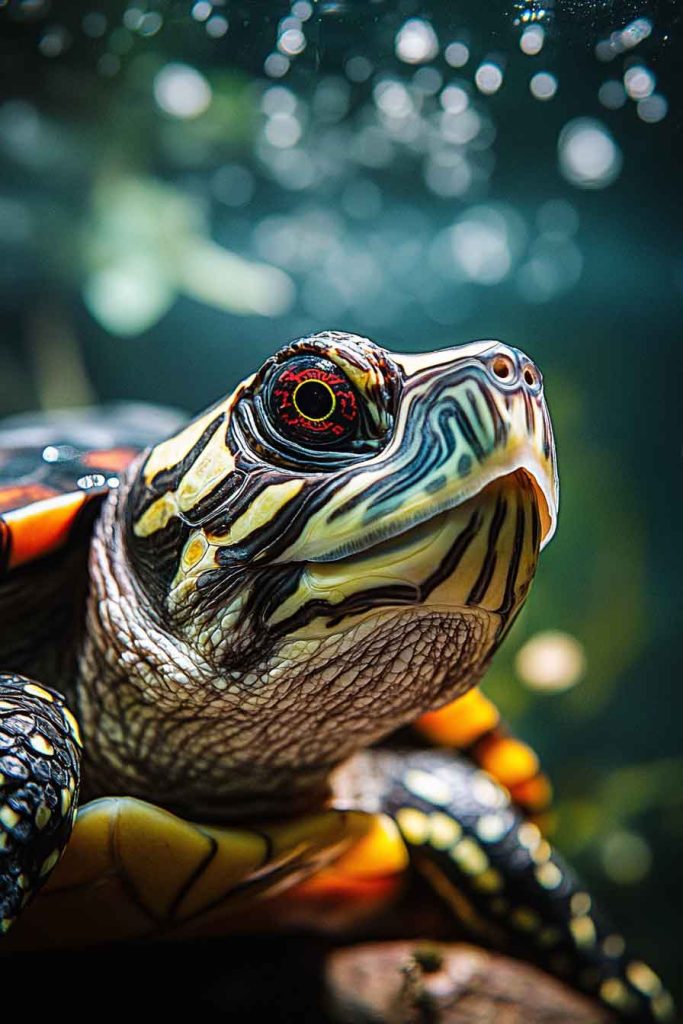
4. Vitamin A Deficiency
This one’s sneaky. It usually starts with swollen eyes or a turtle that just stops being active or hungry.
What I notice:
- Puffy eyelids
- Loss of appetite
- Trouble breathing (in bad cases)
- Sluggish movement
Why it happens:
- Too much dry pellet food
- Not enough fresh greens or colorful veggies
- Poor UVB lighting
What I do:
- I mix up the diet—adding foods like shredded carrots, squash, leafy greens, and red bell pepper.
- I dust the food with a reptile multivitamin (with vitamin A) 2–3 times a week.
- I double-check that my UVB light is on 10–12 hours a day and replace the bulb every 6 months.
- In bad cases, I’ve had to get a vet to give vitamin A injections.
5. Parasites (Yep, Even Turtles Get Worms)
I didn’t know this when I first got into turtles, but parasites are actually common—especially in wild-caught turtles or ones with a poor diet.
What I see:
- Diarrhea or strange poop
- Weight loss
- Lethargy (even though they eat)
- A bloated or sunken belly
What I do:
- I collect a poop sample and take it to the vet (yep, it’s gross, but worth it).
- The vet does a fecal test and gives meds if needed.
- I clean the whole tank, including the filter, rocks, and any hiding spots.
- I make sure my turtle gets a good diet with enough fiber and calcium.
How I Keep My Turtles Healthy (So We Avoid All This)
Over the years, I’ve learned that preventing health problems is way easier than treating them. Here’s what I do every day—or at least every week—to keep my turtles in tip-top shape:
- Clean water always comes first. I change the water often and use a good filter. Dirty water = sick turtle.
- UVB lighting stays on for 10–12 hours a day. This helps with bones, shell strength, and the immune system.
- I give them a warm basking spot. Turtles need to dry off and warm up daily—cold turtles get sick.
- I feed a balanced diet. I mix pellets with veggies, occasional fruit, and treats like mealworms or cooked shrimp.
- I check them over weekly. A quick look at the shell, eyes, and poop helps catch issues early.
Doing these small things has saved me a lot of vet trips (and stress!).
What To Do If There’s a Turtle Emergency
Sometimes things go wrong fast—and it’s okay to ask for help. Here’s what I do if my turtle seems really sick:
- I don’t wait. If they’re barely moving, won’t open their eyes, or float funny, I call a reptile vet right away.
- I keep them warm. I gently raise the temps in the tank or keep them in a dry, warm container.
- I stop feeding for a bit. A stressed or sick turtle might not eat, and that’s okay for a day or two while they rest.
- I stay calm. Most turtle illnesses can be treated if we act early.
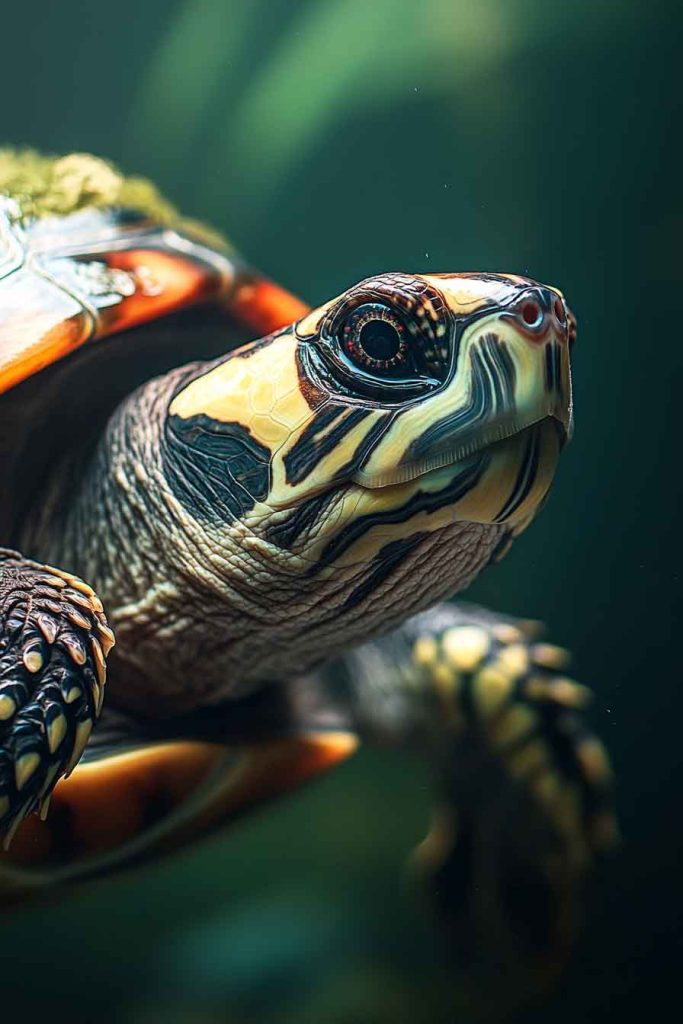
FAQ
1. How do I know if my turtle is sick or just lazy?
If your turtle is always hiding, stops eating, or floats weird in the water, it’s not just laziness—it might be something serious.
2. Can I treat shell rot at home?
Yes, if it’s mild. Dry-docking, disinfecting, and keeping everything clean helps a lot. But deep shell rot needs a vet.
3. Why won’t my turtle open its eyes?
It could be a vitamin A deficiency or an eye infection. Start with clean water and better food—and add eye drops if needed.
4. Is it okay if my turtle doesn’t eat for a day?
Yes, turtles can skip a meal sometimes. But if they don’t eat for two or more days, especially young ones, check the temps and lighting.
Final Words
Caring for turtles isn’t always easy—but it’s so worth it. Once you learn to spot the signs and give them what they need, it becomes second nature. I’ve had my turtles for years, and I still learn new things every day.
Just remember:
Clean water. Good lighting. Healthy food. And lots of love.
And if something feels off? Trust your gut and check it out early. That’s how we give our turtles the best life possible.

